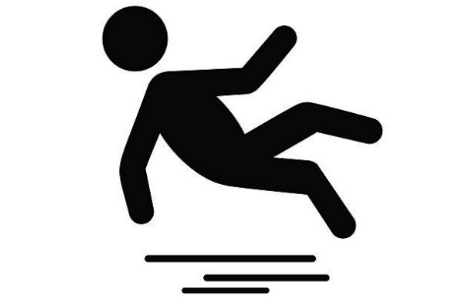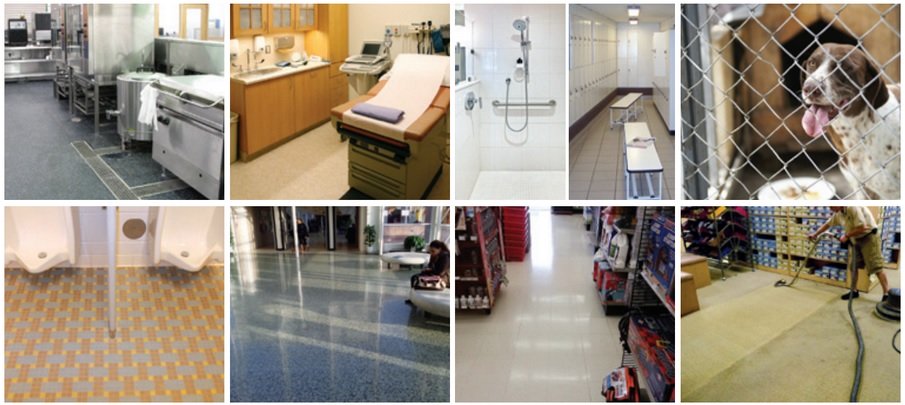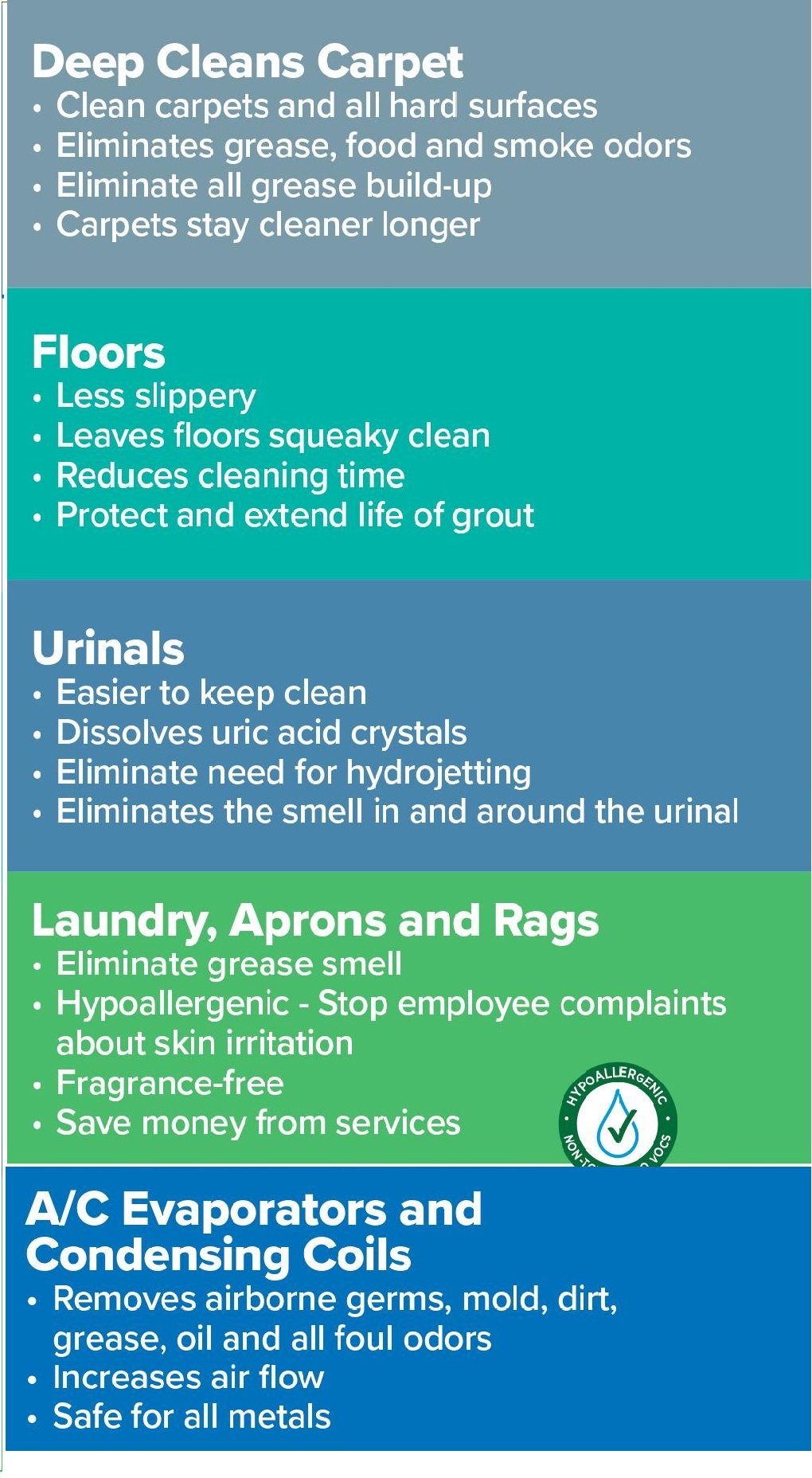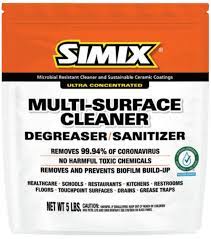grease trap failure and how to prevent it from happening
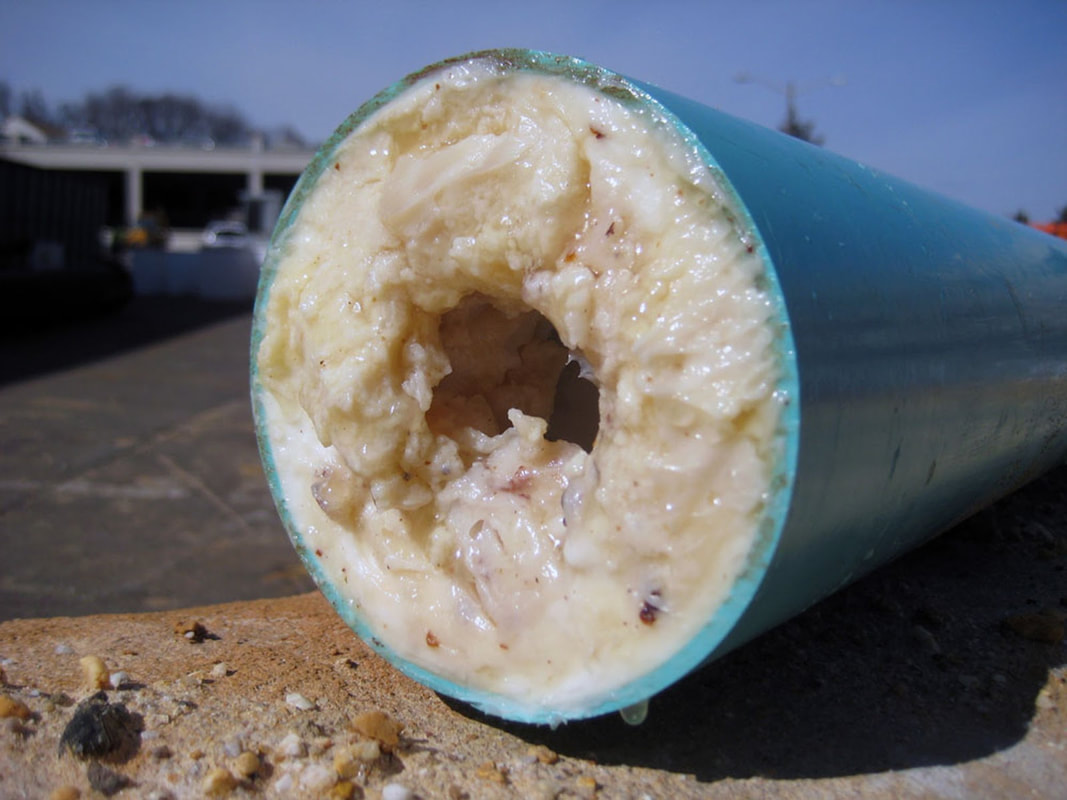
Grease trap failure means one of two things:
The grease trap stops functioning properly because it’s been damaged in some way.
- The grease trap stops functioning properly because it’s become less efficient or been pushed beyond its performance limits.
Because of the large volume of food grease used in a restaurant kitchen, most are required to maintain a grease trap to separate the Fats, Oils and Grease (FOG) from the wastewater before the water flows out into the main municipal sewer. The importance of grease trap cleaning is obvious, but in many kitchens the "out of sight, out of mind" principle may operate to keep the trap from getting cleaned as often as it needs to be done. But just as with many things in life, delaying the inevitable often makes it worse. With grease trap cleaning, failure to get it done regularly and thoroughly leads to five big problems that only get worse with time:
You can prevent grease trap failure.Preventive maintenance is the answer
|
|
|
1. Noxious Smells
Because the grease trap is a holding area that should let water through that is 90% free of grease, that means that most of the FOG that goes down the kitchen drain is held in the trap. Everyone who works with food knows that it goes bad and rots, over time. When food remains breakdown and deteriorate, foul odors often result. It doesn't help that the grease trap is out of sight, usually underground or outside the building in a large grease trap system, and so no one sees the problem. The risk of bad smells can build up quickly without proper grease trap cleaning, and the odor can then make its way back up the pipe and into your restaurant. The last thing any restaurant wants is to have the bad smells of rotting food in the air. Keep a regular schedule for grease trap maintenance and avoid this risk.
2. Causes Damage to the Tank
As the food remains break down, the buildup of hydrogen sulfur gas can create sulfuric acid as a natural result of the decaying process. Sulfuric acid is a very toxic element that can damage steel or concrete walls of the grease trap tank system. While plastic tanks are generally more resilient to damage from sulfuric acid, the best way to keep your trap system in good condition is to keep it cleaned out regularly to prevent grease trap failure.
3. Gets Harder to Clean
As food sediment settles to the bottom of the grease trap the thick food waste hardens and becomes more difficult to remove over time. Some food wastes can actually adhere to the tank walls and create a virtually immovable barrier to future cleaning, if allowed to remain in the system too long. Regular cleaning and maintenance of the trap system in your kitchen will help to make the job easier and quicker each time in the future.
4. Incurs Penalties From the Health Department
Many municipal and regional governments participate in random or regularly scheduled tests of the effluent (outflow) from your kitchen's drain and grease trap system. If high levels of grease are detected passing through into the municipal sewer, you can be penalized. One of the main factors in the failure of a grease trap system is allowing the tank to become overfull between cleanings. When the tank's retention capacity is maxed out, it will allow the FOG to pass through the system. Regular maintenance will help it work the best and avoid the risk of fines and penalties from the government.
5. Less Clogs and Drain Problems
Keeping the grease trap clean and free of obstructions will keep the whole drain flowing smoother, longer. As part of the system that takes water from your kitchen sinks (3-compartment sink, mop sink, pot sink, dishwasher) out to the main sewer drainage, the grease trap can act as an impediment to free flow of drains if it is overfull or plugged. Keeping it regularly cleaned will help to keep it flowing and functioning much better overall.
Have a Set Schedule for Grease Trap Cleaning
These are just the main hazards that can arise with grease trap failure, . Not only do you need to do it for cleanliness of your kitchen and peak operation of your drainage system, but you need to satisfy local and state health departments and avoid the risks of raising alarms downstream with excess grease leaving your drain system. With a firm schedule of cleaning procedures and rigorous discipline to follow the plan, you can keep your grease trap cleaned out and avoid the worst hassles that go with delayed maintenance.
Stop grease trap failure
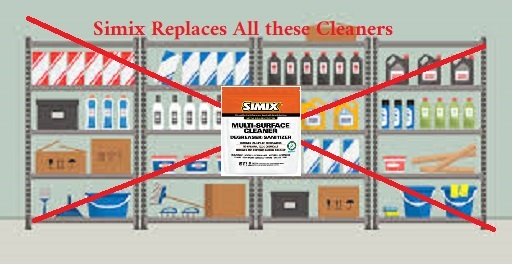 Simix Replaces Multiple Products
Simix Replaces Multiple Products